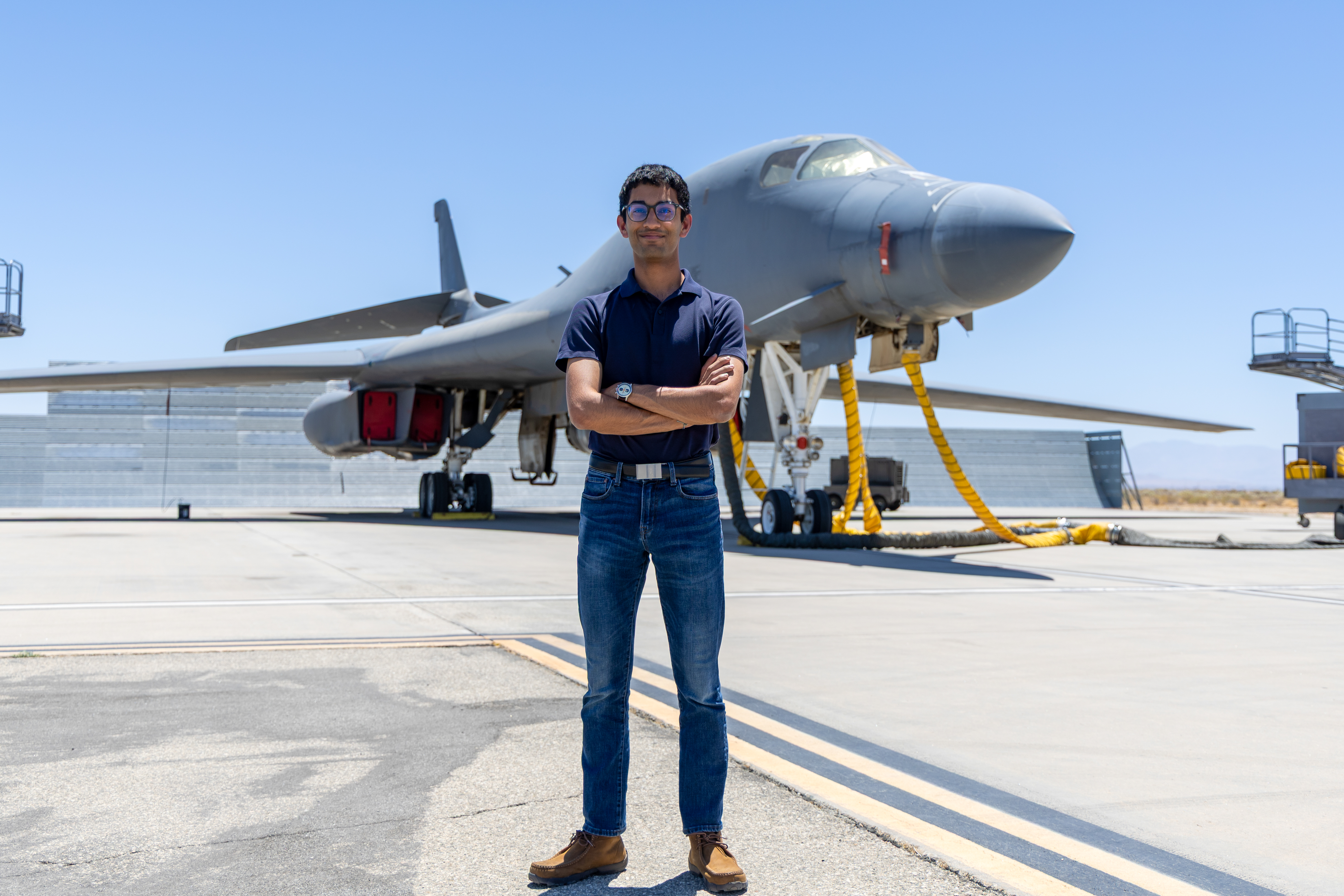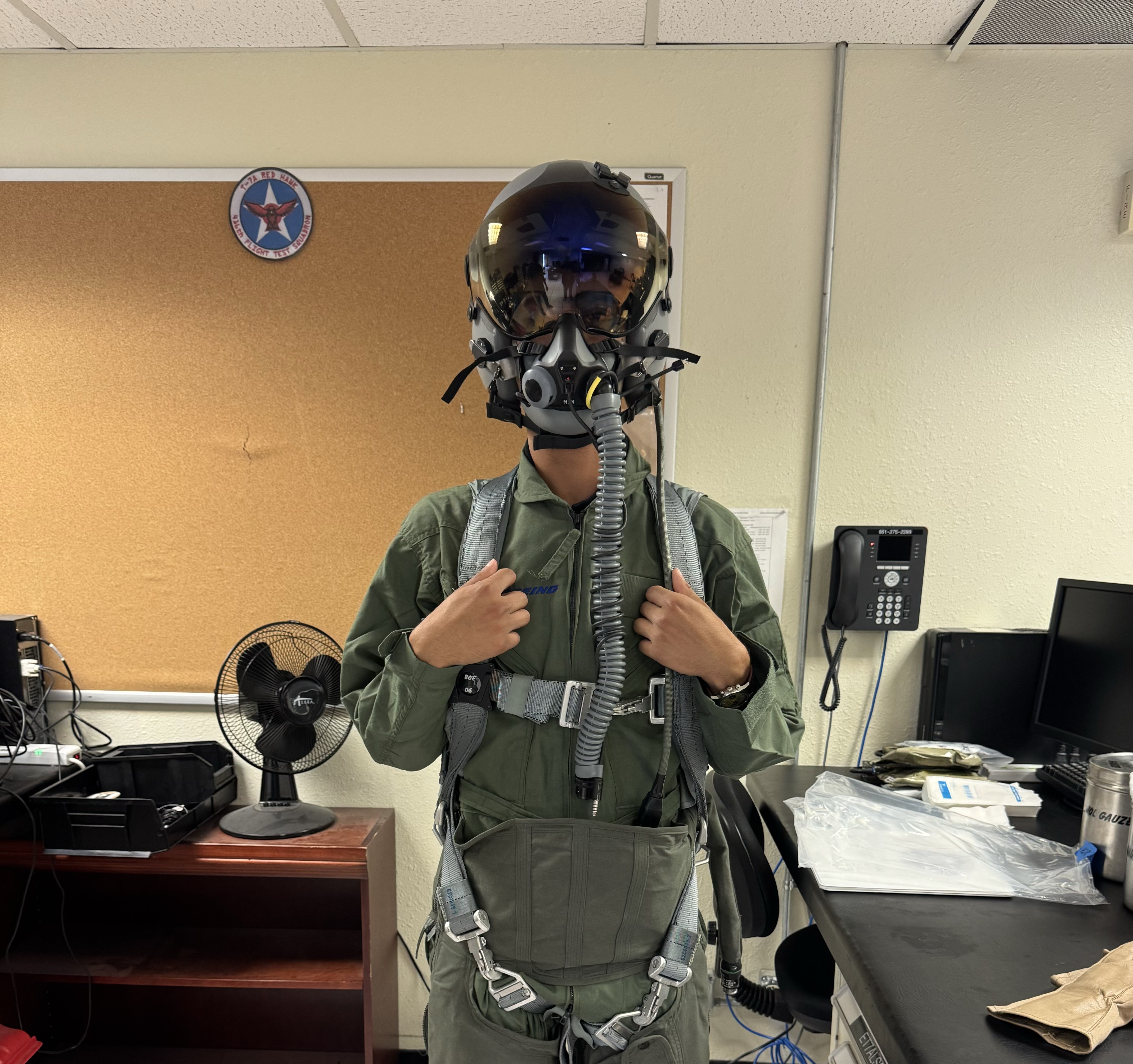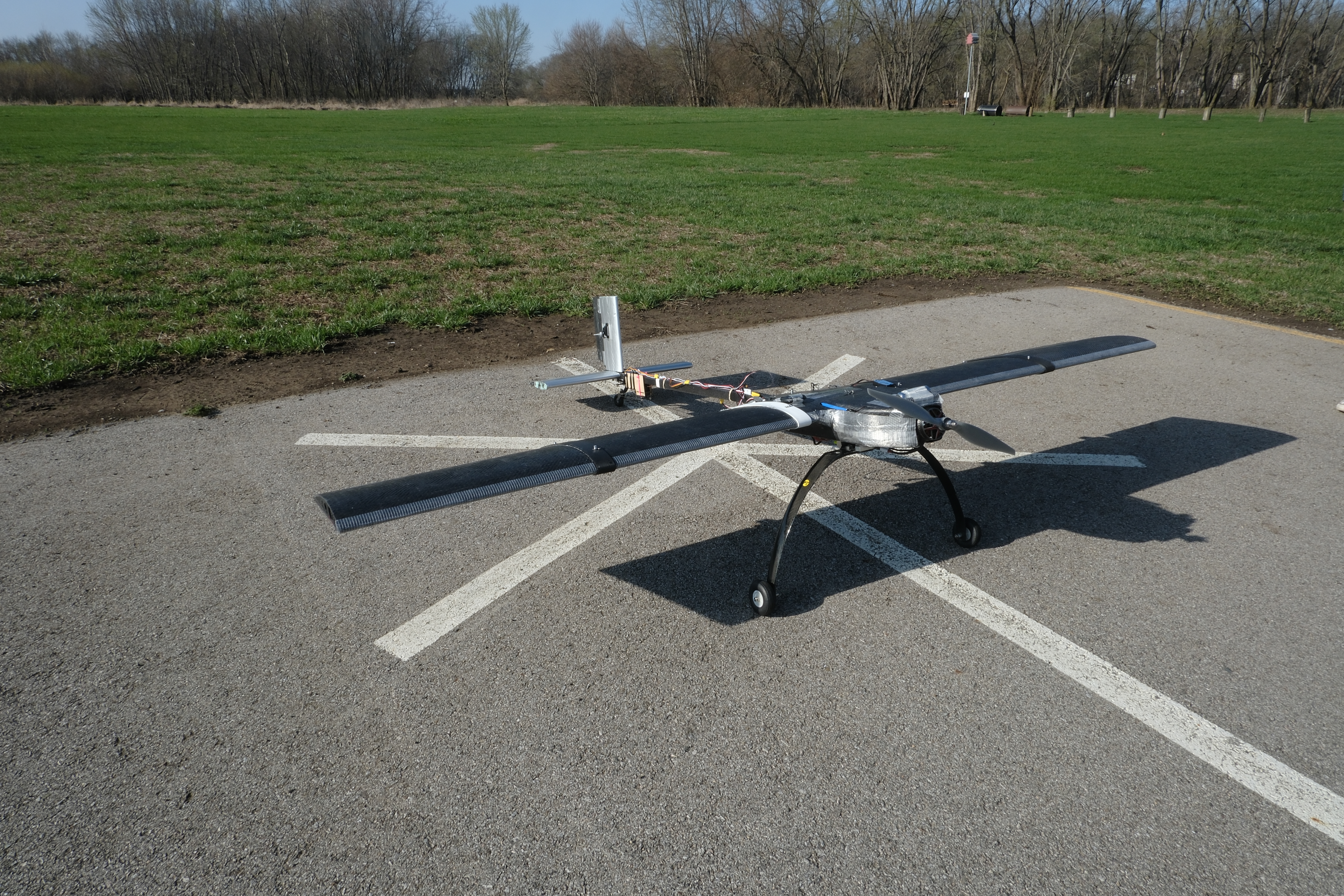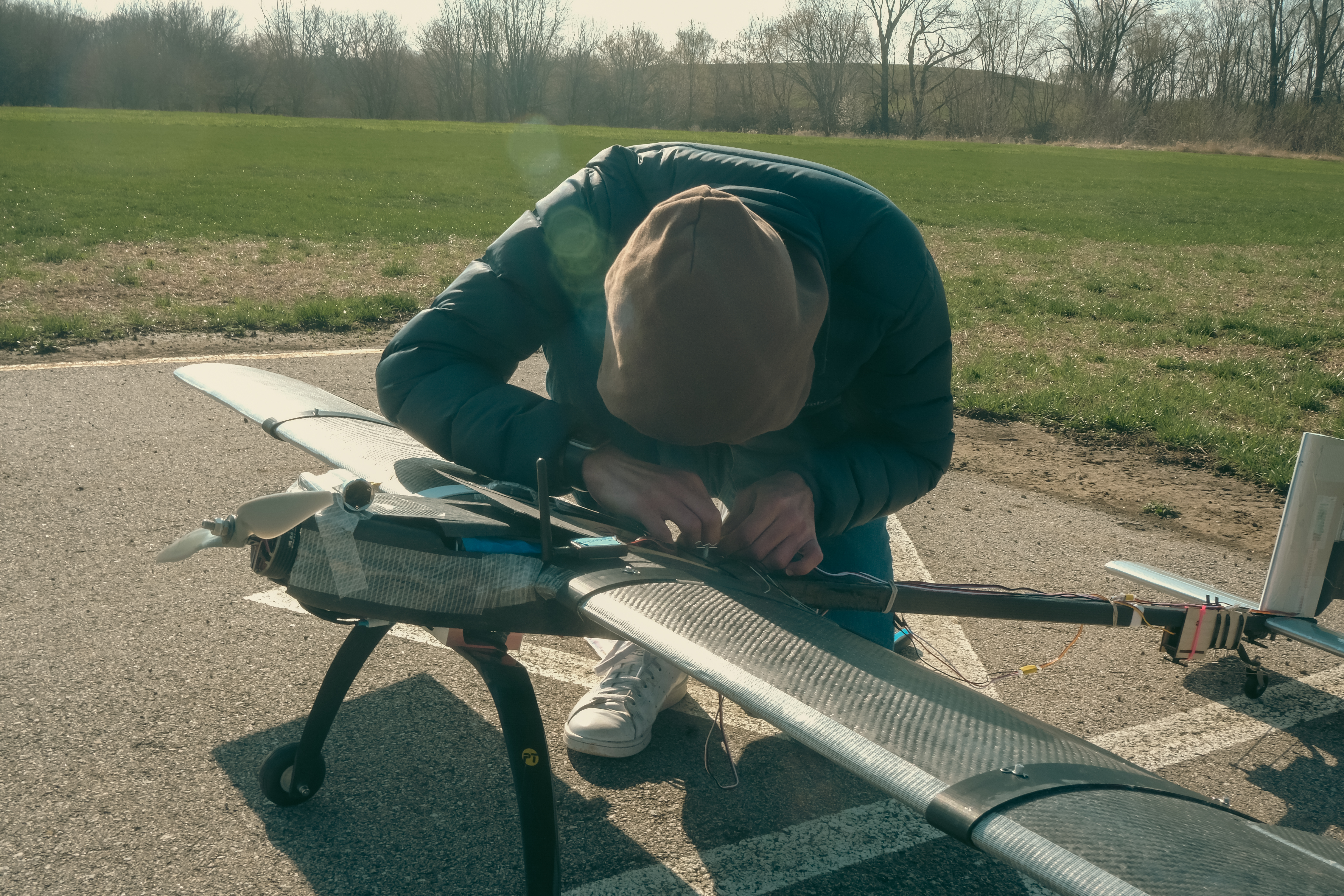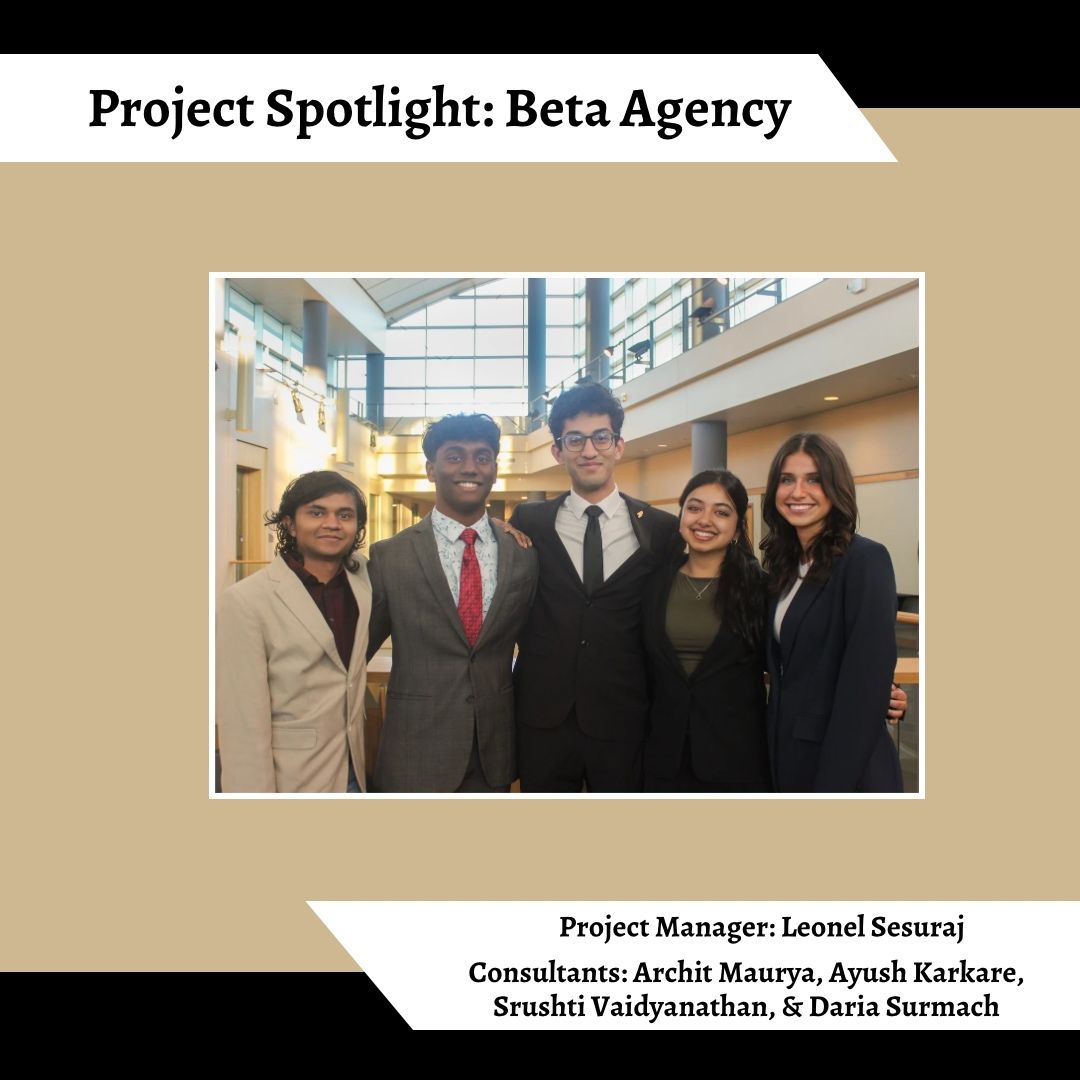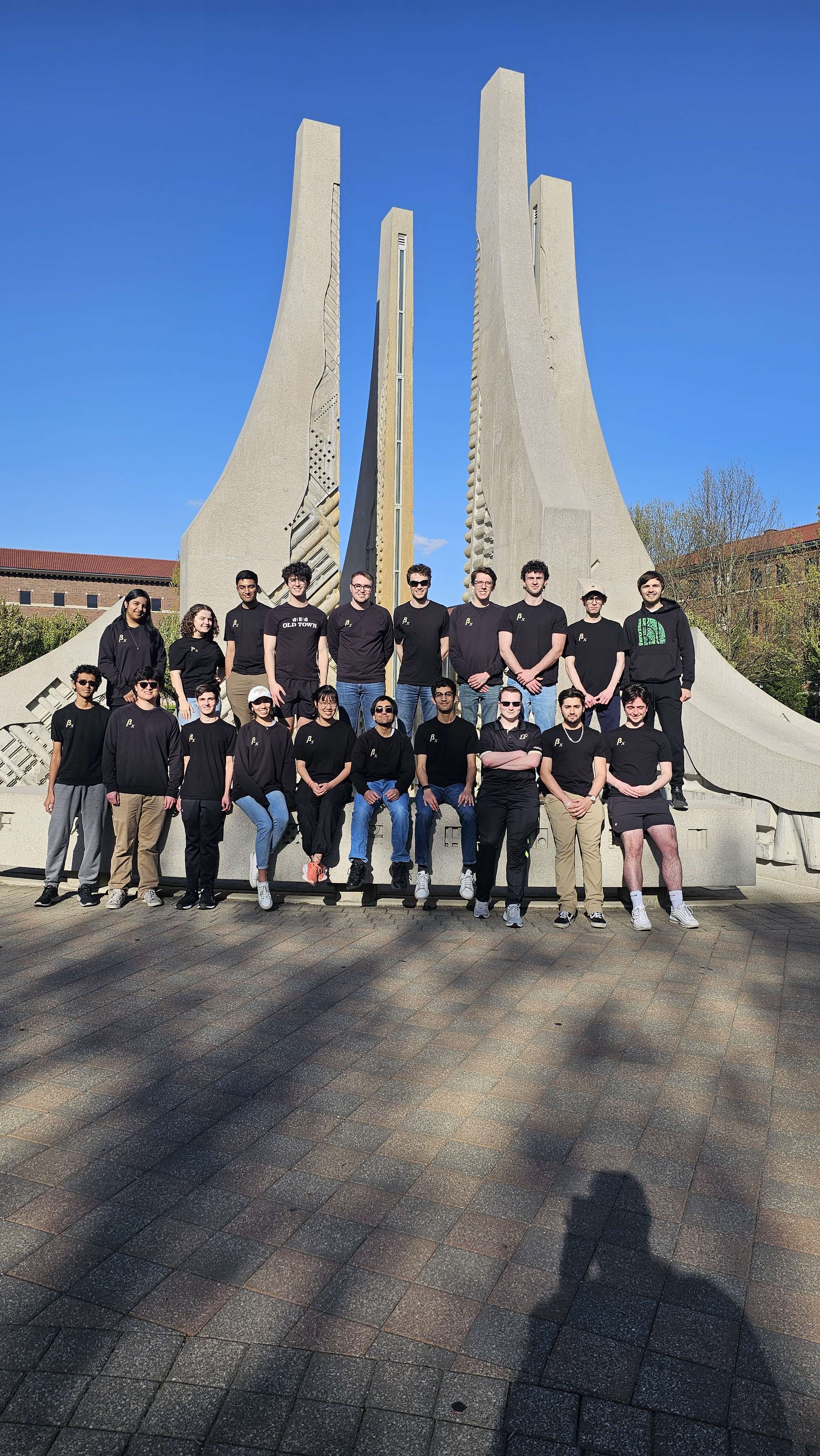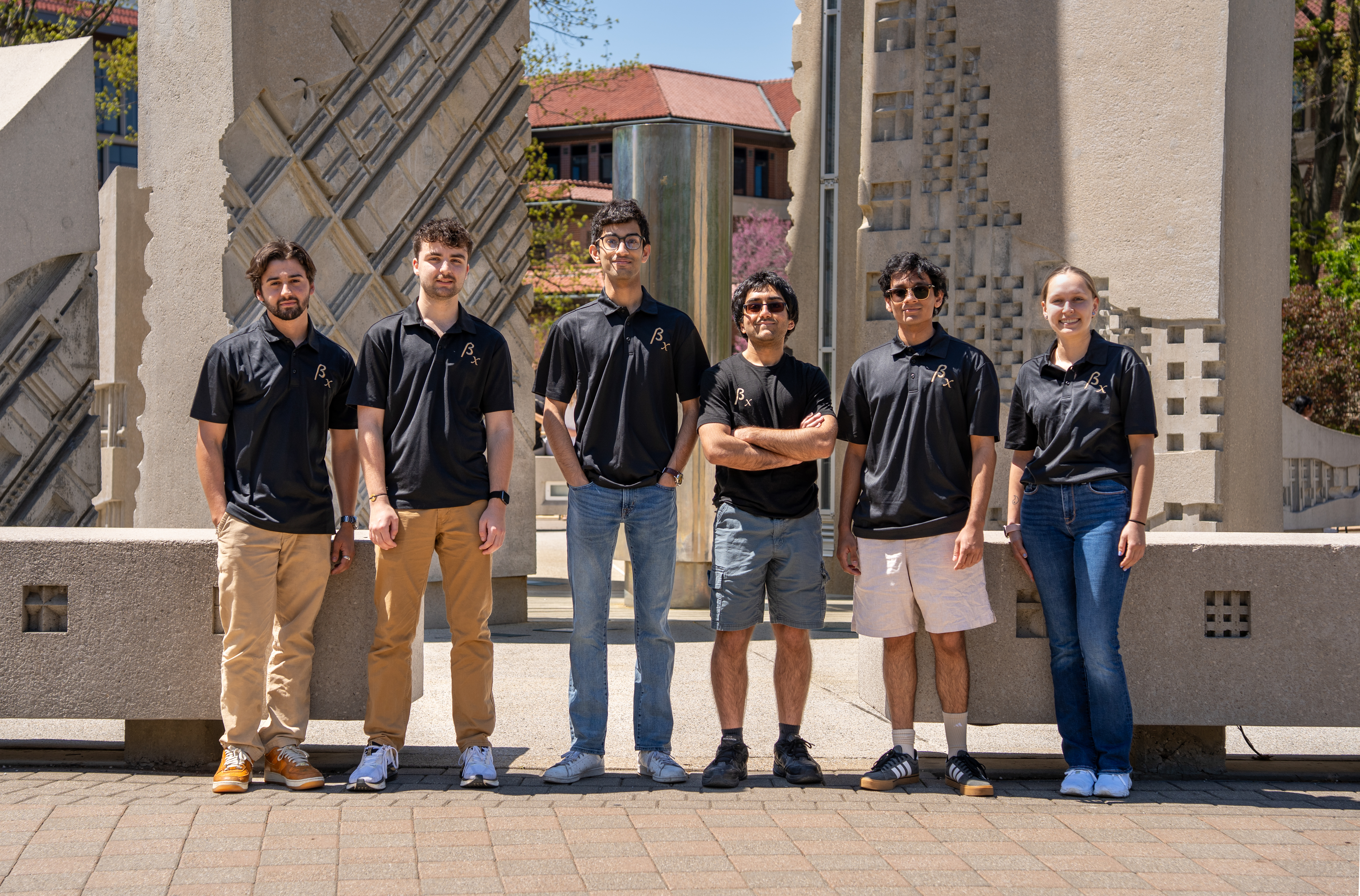About
Ayush Karkare
Hi, I'm Ayush. I am a student at Purdue University passionate about emerging aerospace technologies and innovative ideas that push boundaries. I especially love exploring how creativity and engineering intersect. You can often find me working on UAV's, experimenting with my 3D printer, or capturing a moment on my camera.
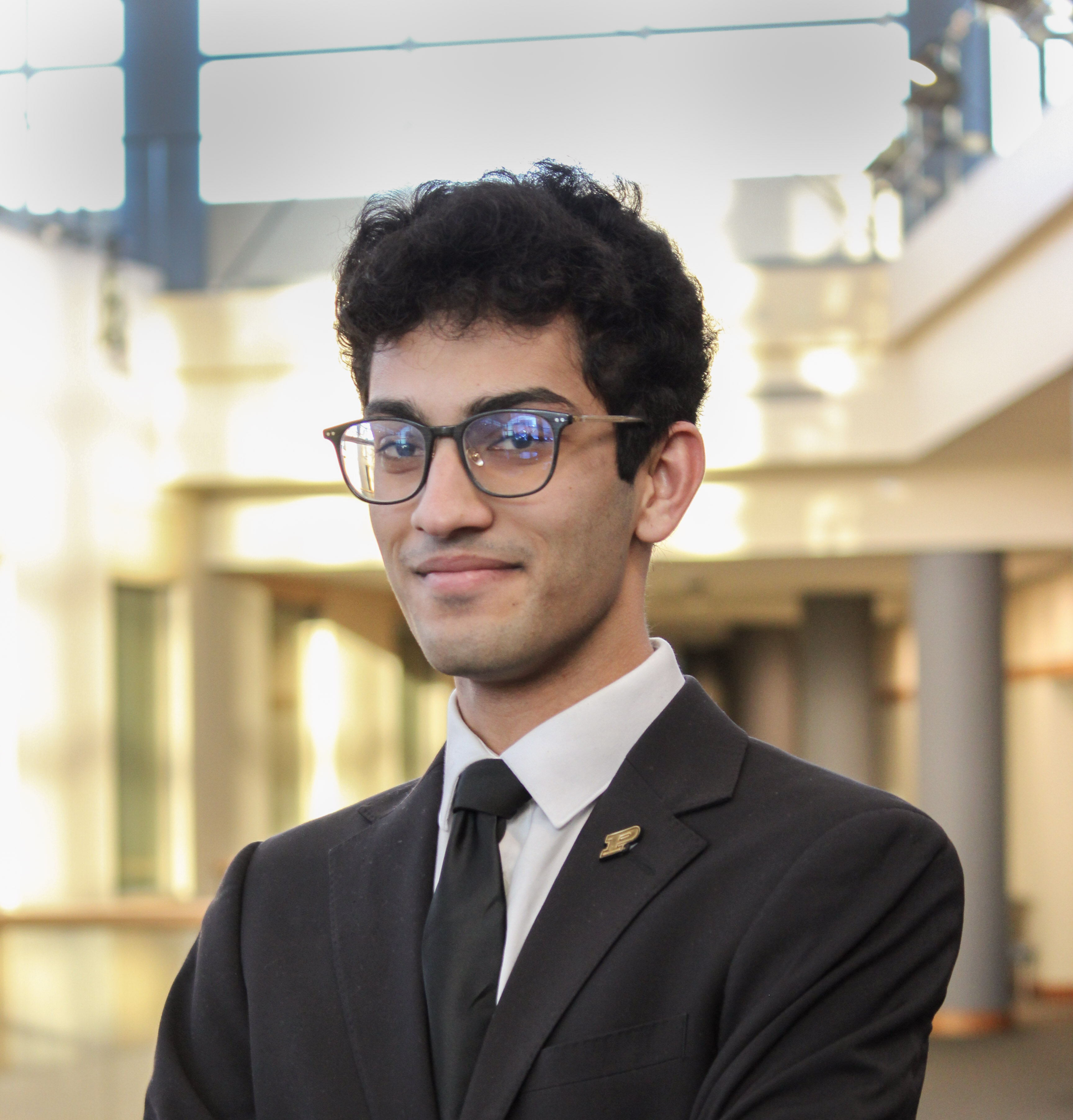
Projects
Durden's Burden Glider
Designing and building a fixed wing Red Bull Flugtag glider inspired by the movie Fight Club, engineered for glide distance in a flight competition.
Electric Bike Conversion Project
An electric bike conversion designed for faster, easier campus commuting with custom 3D-printed parts and a multi-stage belt drive system.
Biovolt
A modular biophotovoltaic system that generates electricity from plants and soil microbes, allowing farmers to produce renewable energy without sacrificing crop growth.
81Y Spin Up Robot
An award-winning VEX Robotics competition robot with optimized flywheel shooting, precision CAD-designed subsystems, and a documented iterative engineering process.
Mei Cha/The Lemon Scholars
Built and scaled two beverage ventures to a brick-and-mortar location, generating $50,000+ through strategic marketing and operations.
Pyras
A distributed GPU rental marketplace connecting idle GPU owners with developers, researchers, and creators who need affordable high-performance computing power. Think Airbnb for GPUs.
Experience
Flight Test Engineering Intern
- • Collaborated with the B-1B instrumentation team to design avionics components for flight tests and supported the B-52 radar modernization project through system development and integration.
- • Analyzed electrical and mechanical drawings, using redlined documents to create Test and Evaluation Work Sheets (TEWS) and document work orders for subassemblies in larger projects.
- • Proactively sought learning opportunities by touring various platforms, including the C-17, to understand cross-team procedures and build valuable professional connections.
Competition Airframe Lead
- • Spearheaded the design and optimization of UAV components using Siemens NX, to ensure aerodynamic efficiency and structural integrity for competition readiness.
- • Manufactured and assembled UAV structures using carbon fiber layups for fuselage, wings, and ailerons, maintaining precision within tolerance for proper load distribution.
- • Improved manufacturing processes by 3D printing UAV ribs with aerospace-grade filaments instead of carbon fiber layups, reducing complexity and weight while preserving structural integrity.
Co-Founder
- • Co-founded voya, an AI-powered travel planning platform, leading customer discovery, product development, and early-stage funding efforts.
Technical Consultant
- • Developed a multi-input neural network for an internal applicant tracking system, achieving 86% accuracy in candidate classification through structured data preprocessing (normalization, encoding) and unstructured text processing (tokenization, TF-IDF), streamlining recruiting cycles.
- • Engineered a data integration pipeline combining structured and unstructured data, optimizing model validation with gradient descent and reducing overfitting for a more efficient, scalable system.
Relations Team Lead
- • Lead outreach and partnership efforts to expand Boilerexams, a student-run academic prep platform, across new universities and student organizations.
- • Coordinate recruitment, brand strategy, and communication initiatives to grow impact and ensure equitable access to high-quality exam prep resources.
- • Drive the expansion of Boilerexams into a chapter-based organization, laying the foundation for future chapters at other universities.
Creative
I love capturing moments through photography and videography. My passion lies in landscape photography, creating cinematic films when possible, and always trying to capture unique feelings or moments in time. Each shot tells a story, whether it's the golden hour light hitting a mountain peak or the quiet intimacy of everyday moments transformed into something extraordinary.
🎨 Full Creative Portfolio Coming Soon
I'm working on a dedicated creative portfolio website that will showcase my complete photography and videography work. Stay tuned for a more immersive experience featuring high-resolution galleries, behind-the-scenes content, and interactive storytelling.
Featured Work

Bar Harbor Sunrise

Acadia Stargazing
la matcha and food
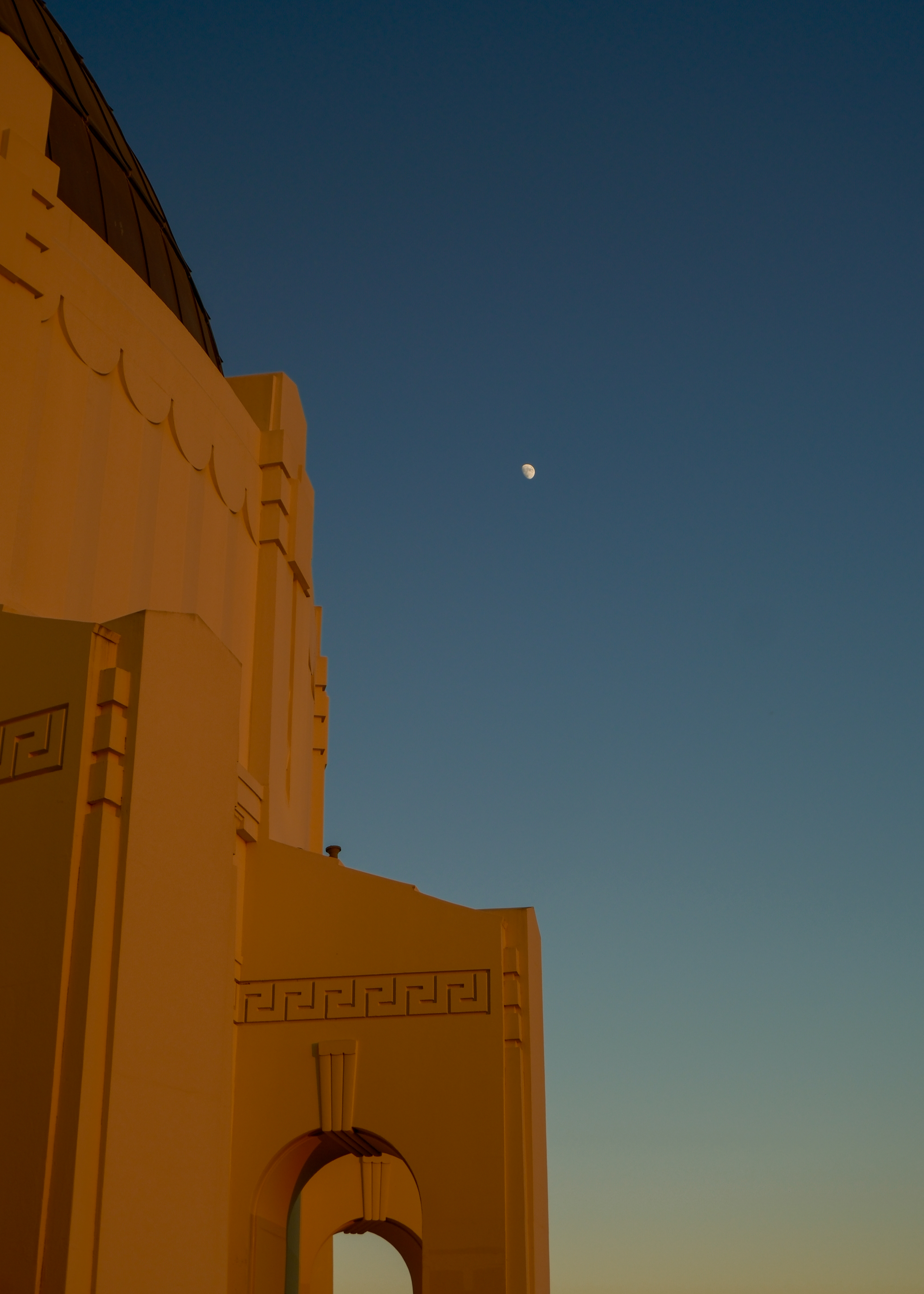
Griffith Observatory

Allerton Hotel

In-N-Out LAX
a week in new england.
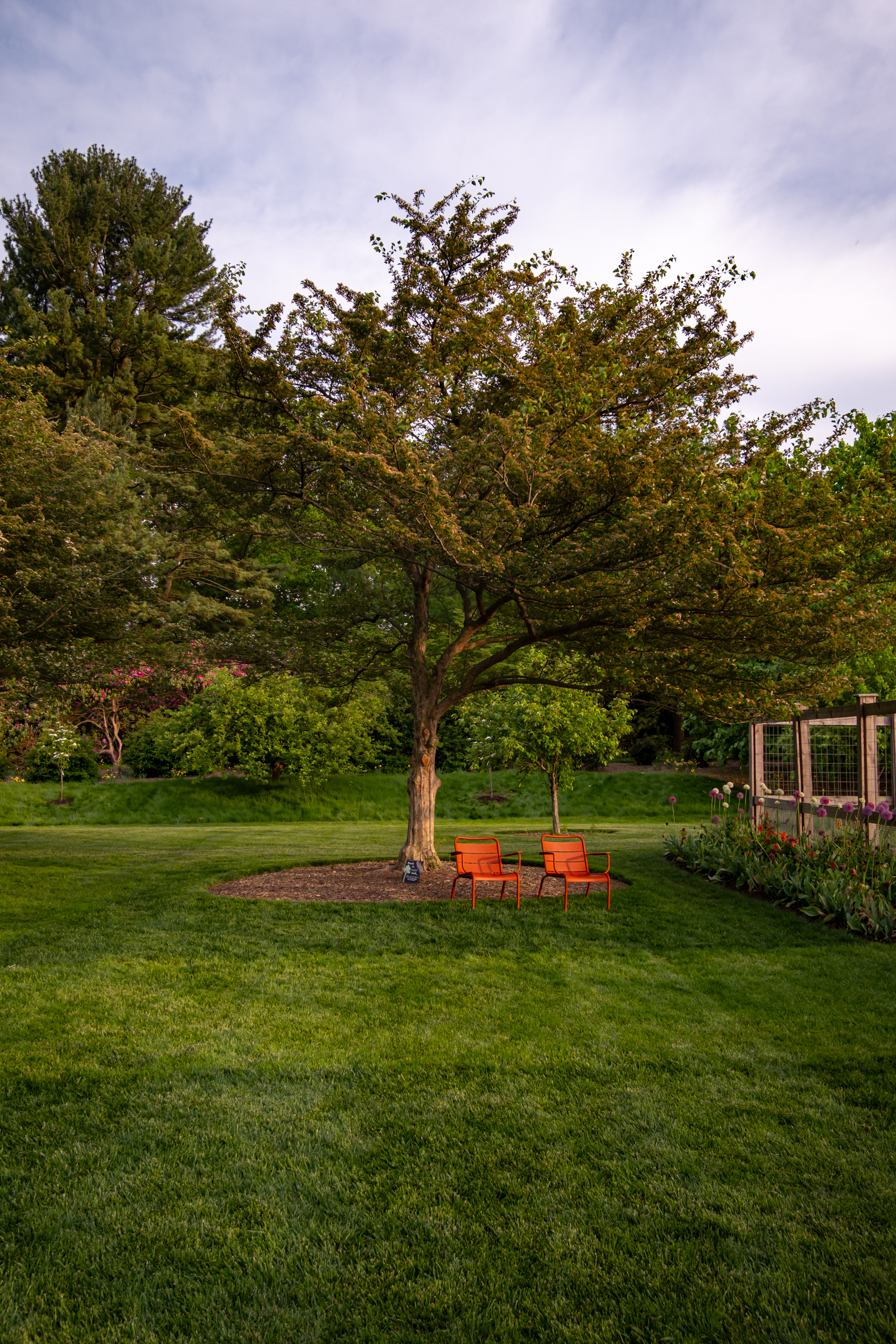
Longwood Gardens Detail

Nordstrom Chicago

Michigan Avenue
akari coffee: saturday cafe vol. 3

Longwood Gardens
Contact
Resume
Download my resume to learn more about my background, skills, and experience.
